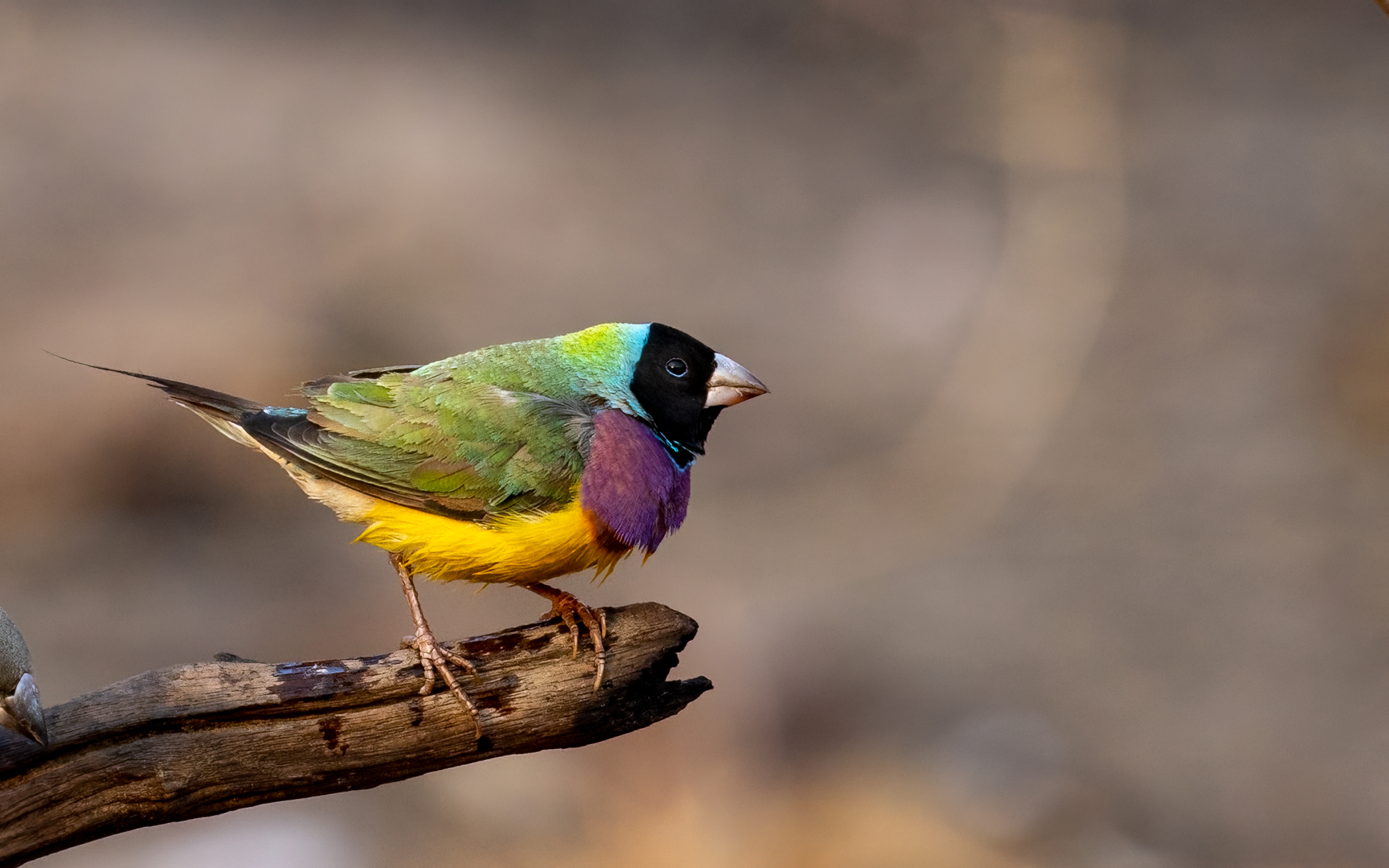| Common name | Greater glider |
| Scientific name | Petauroides volan |
| Type | Marsupial |
| Diet | Folivore (leaf eater) |
| Average lifespan | Up to 15 years in the wild |
| Size | Body length of 35-45cm and a long furry tail measuring 45-60 cm, they weigh between 1-2kg. |
Australia’s largest gliding mammal, the greater glider could easily be mistaken for a fluffy tree-dwelling teddy bear, with its large, round ears and huggable, soft body.
These cute critters have a few unique talents that set them aside from other native Australian possums and gliders, with their ability to journey easily over great distances being one of them. Living mainly in the treetops, the greater glider can travel up to 100metres in a single glide and can change directions at 90-degree angles during their flight. Using their long, fluffy tail as a type of rudder and altering the curvature of their gliding membranes to help them steer, the greater glider’s time saving mode of travel allows them to easily manoeuvre between their many dens.
Quite the property mogul, the greater glider can occupy a dozen tree hollows at any given time and some live between 20 dens within their territory. Once safe inside, this nocturnal, solitary creature wraps itself in its gliding membrane or patagia, just like a blanket, to keep itself warm and snug as it sleeps.
The greater glider is a fussy eater, living off a highly specialised diet of eucalyptus leaves, buds, flowers, and mistletoe. With a hefty appetite, each greater glider needs around 1.5ha to trawl for leaves, and are dependent on large areas of undisturbed, tall forest with naturally found nesting hollows.
The greater glider was once common throughout the forests of Queensland, New South Wales, and Victoria but threats including large-scale bushfires, logging and urban development have dramatically reduced their habitat and distribution. Now added to the endangered species list within Australia, the greater glider can be found along the eastern eucalyptus forests as high as Mossman, QLD, right down to Daylesford, Victoria.
A quiet animal, the greater glider has no distinctive call and doesn’t chat with its fellow tree-dwellers, but a whoosh-sound signifies that the glider is on the move. Once a single young is born after breeding season begins in March, the offspring suckles in its mother’s pouch for three to four months, then rides on its mother’s back for another few months until it is self-sufficient at nine months of age.








